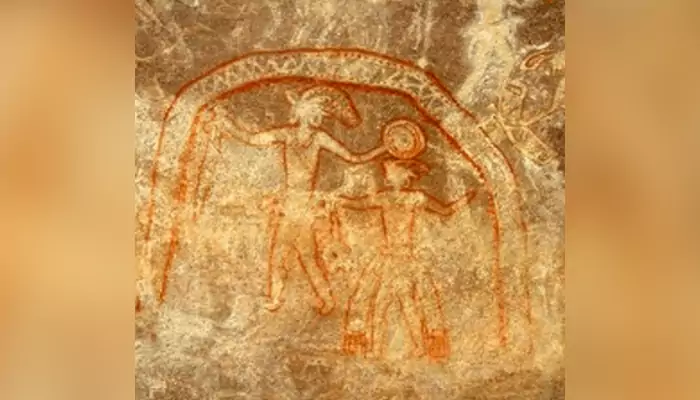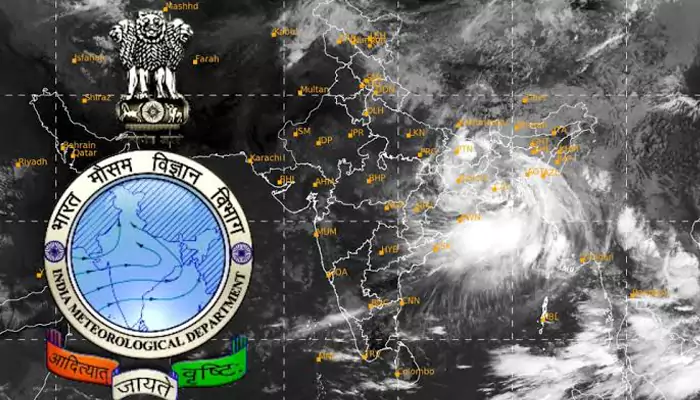
Every year on March 23rd, World Meteorology Day is celebrated to remind us about the importance of weather, climate, as well as atmospheric science in our daily lives.
From ancient traditions of observing the sky to today’s high-tech Artificial intelligence and supercomputers to predict cyclones with incredible precision — Weather forecasting has truly come a long way. Are you a person interested to know about evolution of technology? Then, this article is for you as we delve into a journey through time how meteorology evolved from primitive methods to state-of-the-art science.
In ancient era, there were no satellites and radars to predict the weather. As per written evidence, sages and scholars in India used to observed cloud formations, wind directions, and animal behavior to predict climatic changes. In Veda, seasonal changes were mentioned multiple times. The Arthashastra by Chanakya has even described rainfall patterns for agricultural planning. Renowned Greek philosopher Aristotle’s Meteorologica is considered as one of the earliest recorded studies of atmospheric phenomena.

(Credit: Enroute Indian History)
Sailors and farmers across the globe developed following methods like:
Halo around the moon – Indicates rain or storms.
Red sky in the evening – An indication of clear weather on the very next day.
Animal behavior – Birds flying low is a sign of storm approaching.
The Renaissance period observed a significant shift from folklore to scientific observation strategy. Galileo Galilei’s revolutionary invention thermometer, and Evangelista Torricelli’s barometer became crucial in weather forecasting. By the 18th and 19th centuries, the development of anemometers helped in measurement of wind speed as well as hygrometers to measure humidity.

One of the significant breakthroughs in weather prediction came in India during British rule when the India Meteorological Department (IMD) was established back in 1875. It was initially planned to monitor cyclones and monsoons only, which later played a crucial role in improving India’s agricultural planning along with disaster preparedness.
As radio communication and aviation system improved in the early 20th century, the requirement for precise weather forecasts became urgent. Scientists started using mathematical models to anticipate weather patterns.

A major advancement occurred with the launch of weather satellites like TIROS-1 in 1960. These satellites provided real-time images of Earth’s atmosphere. India launched its first multipurpose telecommunications and meteorology satellite, INSAT-1A on April 10, 1982. The IMD’s Doppler radar technology further improved storm predictions which saved thousands of lives.
Today, meteorology is dependent on supercomputers which can process massive amounts of data in seconds. The two supercomputers used by IMD, Mihir and Pratyush have substantially enhanced India’s forecasting capabilities. Artificial Intelligence (AI) and machine learning algorithms are also revolutionizing forecasting extreme weather events like heatwaves, cyclones, and cloudbursts with better accuracy.
#WorldMeteorologicalDay is in less than a week! #EarlyWarningsForAll isn’t just a goal—it’s a necessity. By strengthening National Meteorological and Hydrological Services, we can protect everyone, everywhere.
— World Meteorological Organization (@WMO) March 17, 2025
Join the movement: https://t.co/Q5azsd4yUp pic.twitter.com/CVpjwuYbLW
(Credit: X/@WMO)
India experience a diverse climate and monsoon. Thanks to modern forecasting techniques, disasters like Cyclone Amphan (2020) and Cyclone Biparjoy (2023) were predicted well in advance, which reduced casualties and economic losses. Farmers receive weather report to plan cultivation, while air and sea transport rely on regular weather updates for safe operations.
As we observe World Meteorology Day today, let’s acknowledge the outstanding journey of weather science and the scientists working tirelessly to always keep us prepared for what nature has in store!